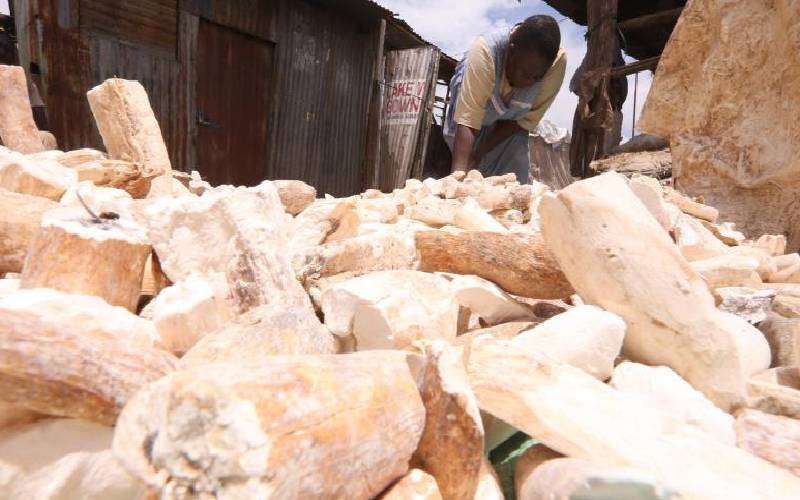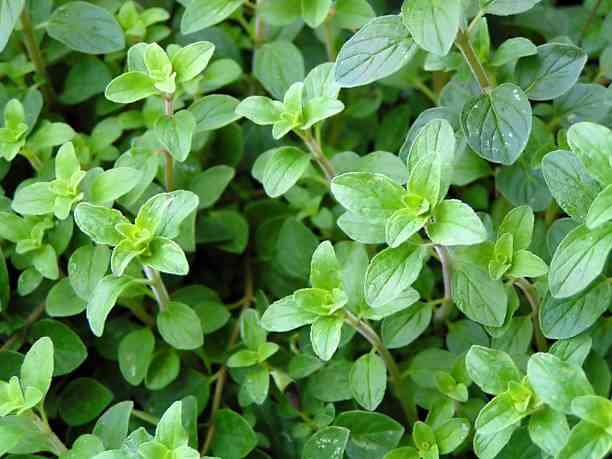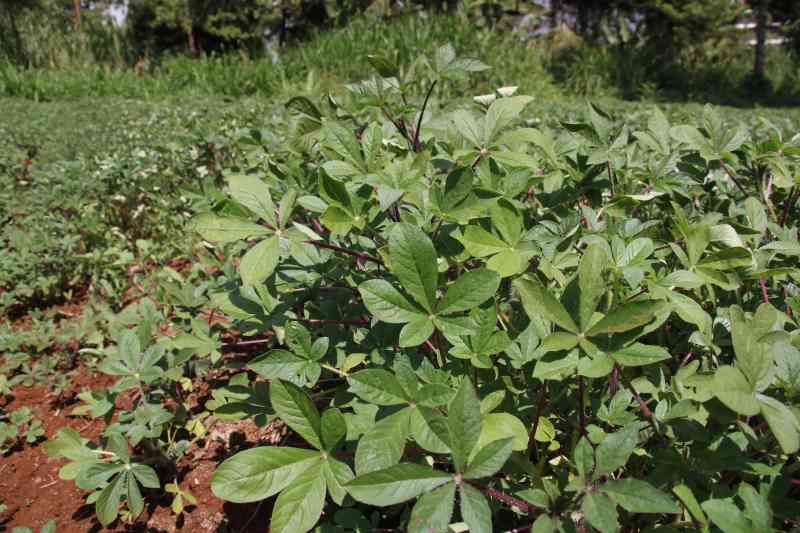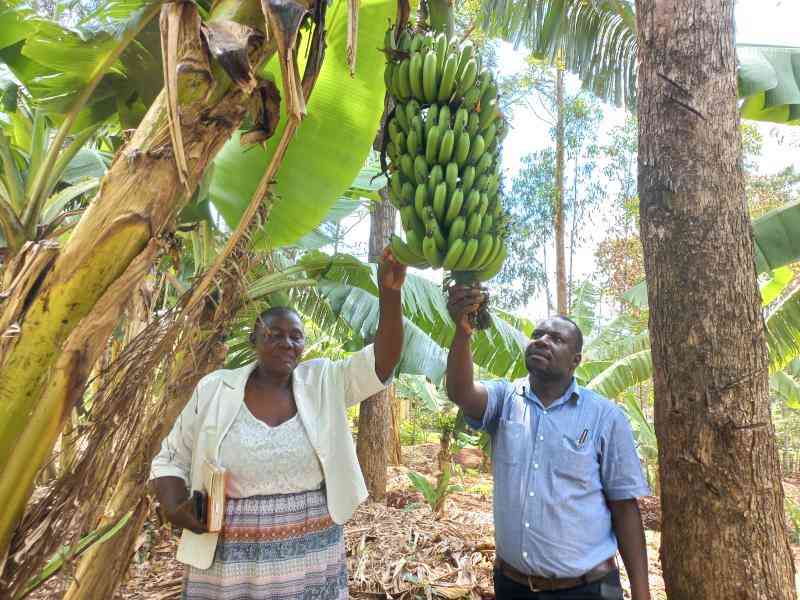
According to the Food and Agriculture Organisation, 40 per cent of human beings' daily calories come from rice, wheat and maize, but with a decline in the size of arable land, it is time to think of more efficient ways of doing things - food diversity.
The International Treaty on Plant Genetic Resources for Food and Agriculture supports farmers in diversifying their crops.
The Treaty was negotiated by FAO and the Commission on Genetic Resources for Food and Agriculture (CGRFA) and adopted in 2001 to create a global system that provides farmers, plant breeders and scientists with access to plant genetic materials.
Since each crop is unique in its species, biodiversity ensures different crops can withstand changes in climate, new diseases and pests and even drought.
The Treaty’s Benefit-sharing Fund invests in projects that develop crop genetic resources to improve food security.
Food diversity can be attained in the following ways:
1. Exchanging crop varieties
This will help in cases that involve harsh weather conditions.
For instance, there could be more than 4,000 potato varieties growing in one area and are well-adapted to harsh weather, while some in another region are not doing too well. The weaker variety's vulnerability can be reduced through introducing the potatoes that are more resilient. Farmers can be involved in the selection of these varieties to multiply the yield.
2. Conserving plant genetic resources
Some crops may be unable to withstand the effects of the changing weather such as high temperatures or heavy rain, leading to poor yield.
This can be mitigated by introducing lost varieties of crops and creating diversity in the fields to also ensure nutritious diet. These lost varieties can be retrieved from international gene banks as part of the Treaty's Multilateral System.
3. Ensuring a resilient crop
Cassava is the third largest source of carbohydrates in the world, and in sub-Saharan Africa it does well in poor soils and with low rainfall. Additionally, because it is a perennial, cassava acts as a famine reserve, but in recent years, extreme temperatures, drought, floods and new diseases have hurt cassava cultivation.
In Tanzania and Kenya, a project implemented through the Benefit-sharing Fund has led to new, more resistant and tolerant cassava breeding, including 30 that are heat and disease tolerant.
Community seed banks have been established through the Benefit-sharing Fund in conjunction with Farmer Field Schools.
In the 15 years since it came into force, the International Treaty hosted by FAO has created a gene pool to enable sharing of plant material for food and agriculture.
The Benefit-sharing Fund has further supported more than one million people through 80 agricultural development projects in 67 developing countries.
Want to get latest farming tips and videos?
Join Us
 The Standard Group Plc is a multi-media organization
with investments in media platforms spanning newspaper print operations,
television, radio broadcasting, digital and online services. The Standard Group
is recognized as a leading multi-media house in Kenya with a key influence in
matters of national and international interest.
The Standard Group Plc is a multi-media organization
with investments in media platforms spanning newspaper print operations,
television, radio broadcasting, digital and online services. The Standard Group
is recognized as a leading multi-media house in Kenya with a key influence in
matters of national and international interest.
 The Standard Group Plc is a multi-media organization
with investments in media platforms spanning newspaper print operations,
television, radio broadcasting, digital and online services. The Standard Group
is recognized as a leading multi-media house in Kenya with a key influence in
matters of national and international interest.
The Standard Group Plc is a multi-media organization
with investments in media platforms spanning newspaper print operations,
television, radio broadcasting, digital and online services. The Standard Group
is recognized as a leading multi-media house in Kenya with a key influence in
matters of national and international interest.







